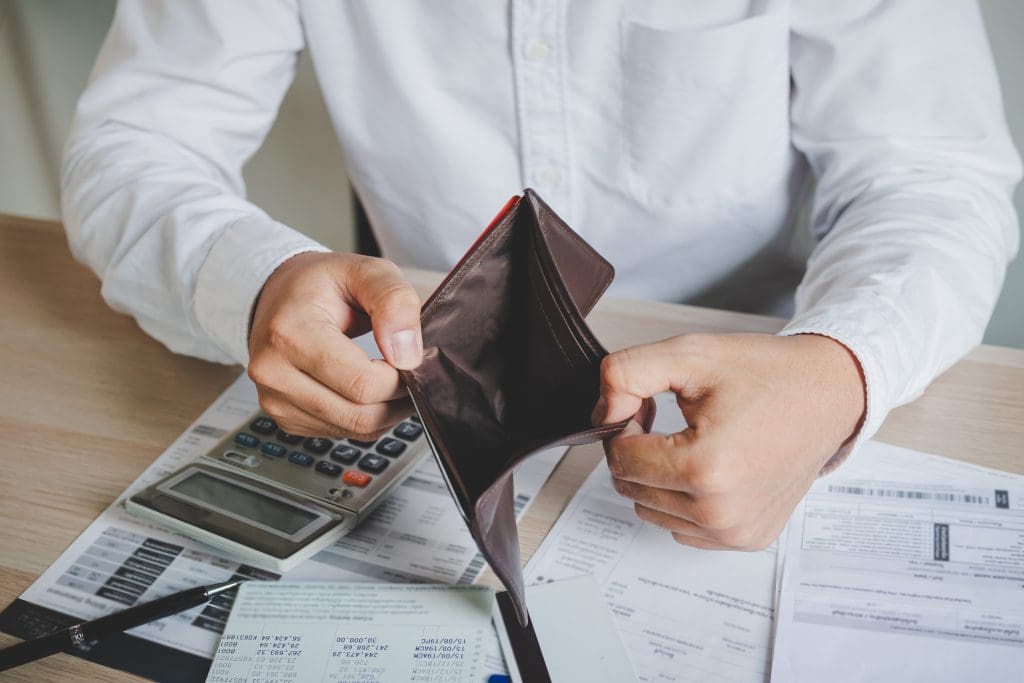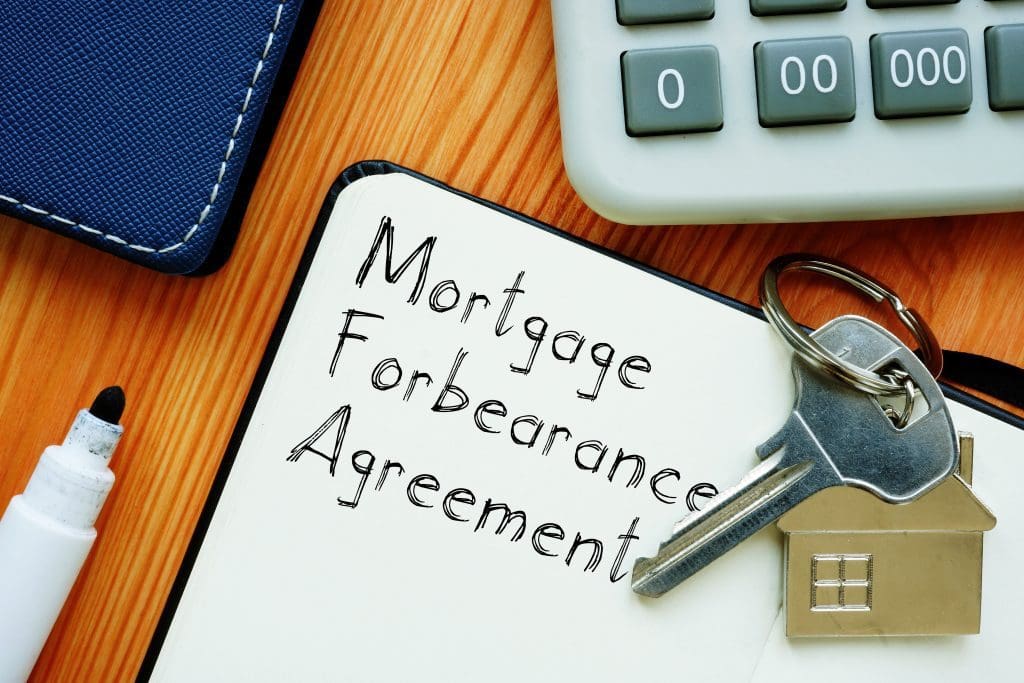Understanding Mortgage Forbearance And How To Qualify For It
Mortgage forbearance is a concession granted to a mortgagee in periods of financial difficulty caused by job loss, sickness or even a supervening factor such as a pandemic. It usually comes in form of a temporary pause in payment or reduction of the monthly mortgage. Note that mortgage forbearance is not the same as loan forgiveness but it can be a lifesaver for homeowners in dire situations.

How do you qualify?
To qualify, two things are important. First, you must be proactive and ensure you contact your mortgage servicer or lender as soon as possible. This is very vital because it does not give space for an actual default in payment. Once this is done, your financial records such as monthly income and expenses will be examined and will determine your qualification for a mortgage. Evidence of consistent repayment gives you credibility and proves that the current situation is an anomaly. Sometimes, the mortgage payment can be reduced to a bare minimum, and other times, it can be suspended. This typically runs for three to twelve months, depending on the seriousness of the financial situation.

How are mortgage arrears repaid?
As a short-term fix and not loan forgiveness, the borrower still has to repay the debt once they bounce back. There are three major methods:
- Adding it to your monthly payment: It is the most comfortable as the sum default amount can be spread across your subsequent payments.
- Pay separately at the end: This is basically paying the sum default amount from the end of the original mortgage. Sounds more like a second loan repayment without interest.
- Paying all at once: Though uncommon, some borrowers pay off the full amount once the forbearance ends.
